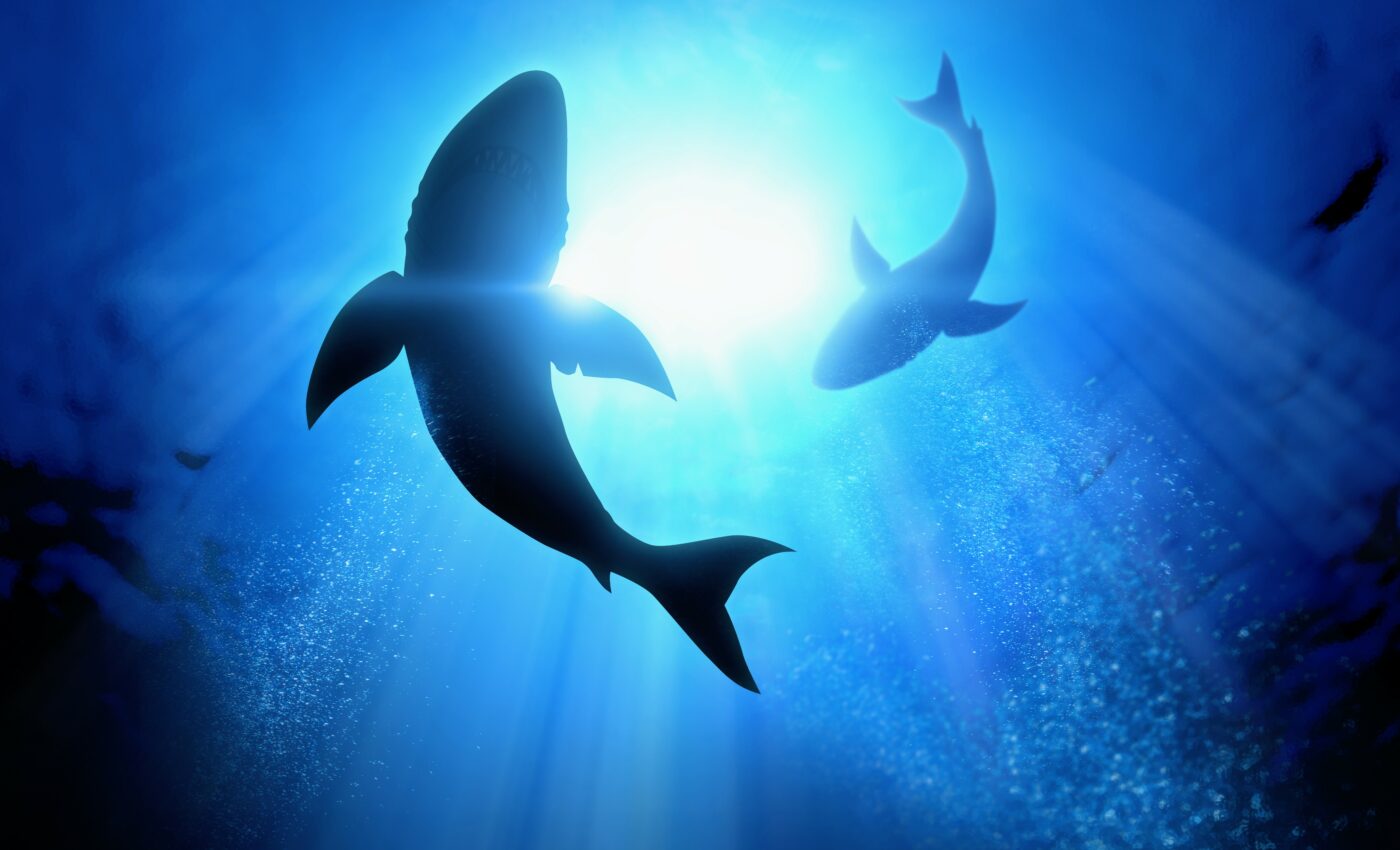
Great white sharks form social bonds while hunting
A new study led by Florida International University (FIU) has investigated the social lives of great white sharks that gather seasonally around Mexico’s Guadalupe Island, and found that these animals tend to form “friendships” as they prowl the oceans in search of prey. By using an innovative combination of tracking tools, the scientists discovered that sharks tended to stick together while patrolling to check out seal colonies or other food sources around the island.
“Most associations were short, but there were sharks where we found considerably longer associations, much more likely to be social associations,” said study lead author Yannis Papastamatiou, a marine biologist at FIU. “Seventy minutes is a long time to be swimming around with another white shark.”
Since the Guadalupe Island is rife with tuna and seals, it has become a hotspot for white sharks in search of prey. While close to South African and Australian coasts, the waters are murkier and white sharks leap out of the water to launch sneak attacks and ambush prey, Guadalupe Island’s waters are very clear, making it much easier for predator and prey to notice each other. According to the researchers, these environmental peculiarities are forcing sharks to adapt their hunting strategies.
In order to study and understand these behavioral changes, the scientists combined different commercially available technology into a “super social tag” which collected data for up to five days before popping off the sharks’ dorsal fins and floating to the sea surface. These instruments were equipped with a video camera and various sensors, including special receivers that could detect if other sharks were nearby.
The researchers tagged six sharks (three males and three females) over a four-year period and found that they often associated with other sharks, most likely in order to take advantage of other sharks’ hunting success.
“The important question we still have to answer is what is the reason for being social for these sharks? We still don’t know. But it is likely they may stay in proximity of other individuals in case those individuals are successful in killing large prey,” explained Dr. Papastamatiou. “They aren’t working together but being social could be a way to share information.”
Although the researchers admit that the study’s sample size is small, they nevertheless argue that it provides more evidence that sharks are forming non-random social associations and can offer new insights into when and why such associations occur.
Further research with better technological tools is needed to fully understand the complex social lives of white sharks. “Technology now can really open up the secret lives of these animals. We’re going beyond tracking where they are and where they go. As the technology gets better, we can keep answering more questions,” concluded Dr. Papastamatiou.
The study is published in the journal Biology Letters.
—
By Andrei Ionescu, Earth.com Staff Writer













